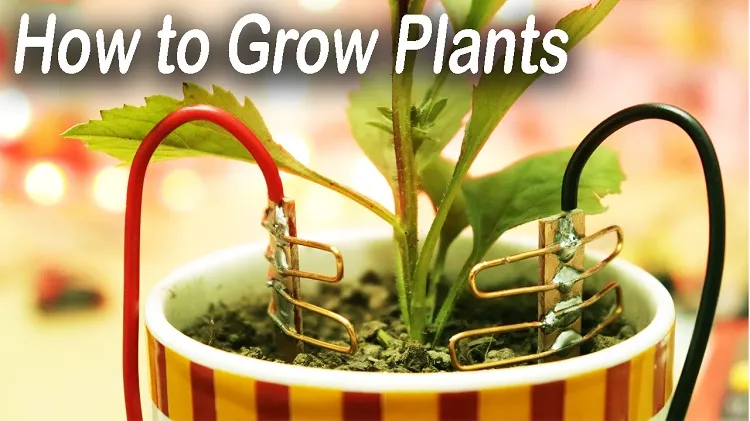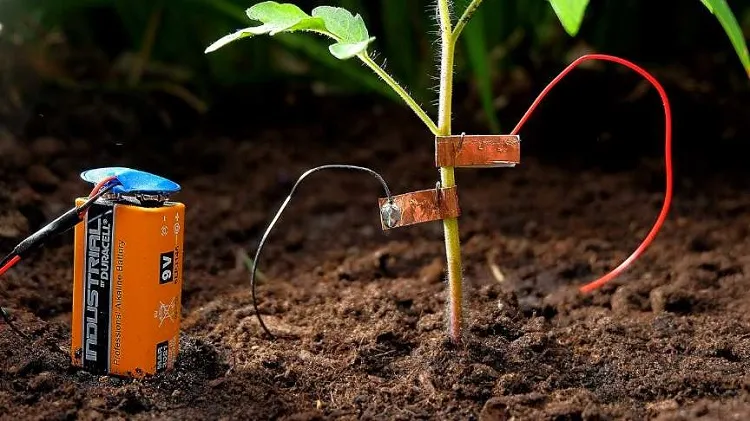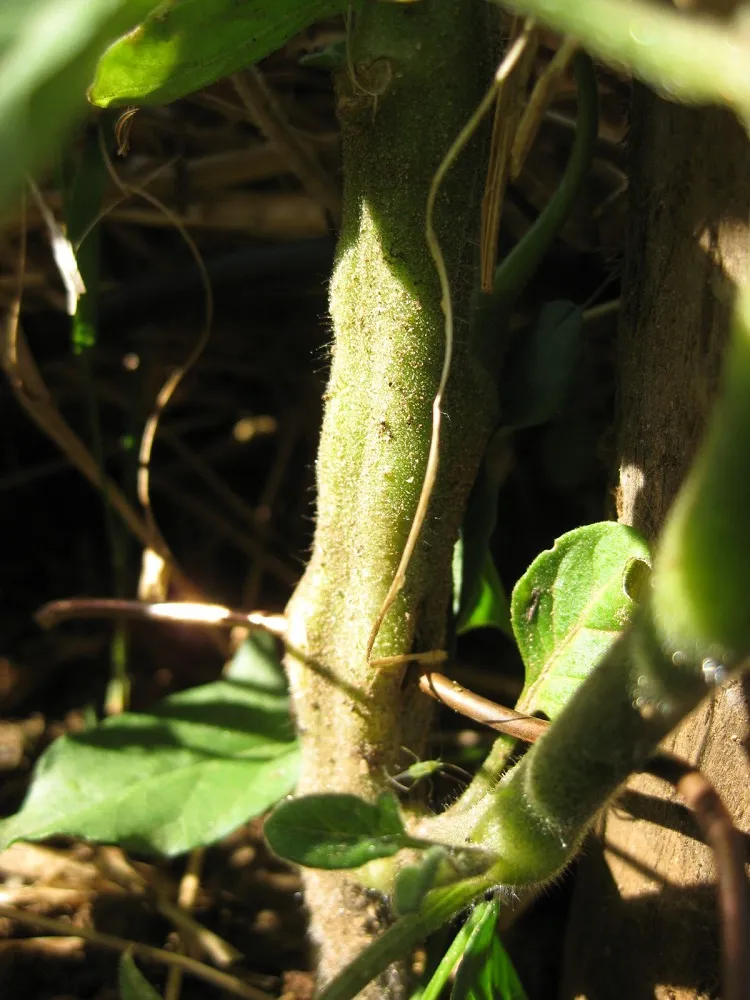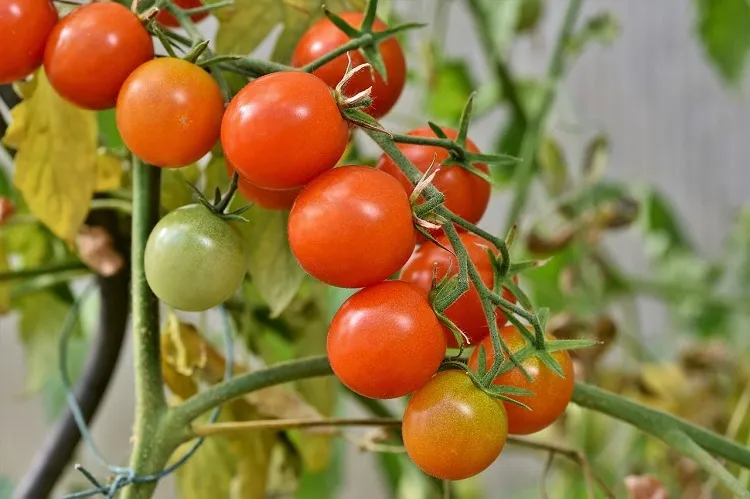Electroculture gardening is an innovative method, which uses low-level electrical currents to stimulate plants’ growth and enhance crops yield. Even though more investigation is needed to prove its benefits definitely, there are many experiments that show its positive effect, and a growing number of gardeners, claiming good results in increasing the harvest of vegetables and fruits. How can you initiate your electric agriculture adventure as a beginner? What crops you should grow for your start-up?
What is Electric Gardening?
Electroculture gardening, also called electric gardening, is an alternative agricultural method, which applies small electrical currents to increase plants’ growth and influence positively the health of crops. The idea is rooted in the perception that plants react to a variety of ambience stimuli, and weak electric currents are viewed as one of them. The conception of this kind of agriculture originated from the beginning of 20th century when investigations were conducted to observe the impact of electricity on plants development. Scientists noticed that acting with small electric currents they achieved some intriguing effects like bettered growth speed, bigger fruits, and higher resistance to diseases.
Is Electroculture Gardening Real?
As with any extraordinary approach, electroculture gardening has been met with unbelief and suspicion. Some knockers claim that the observed benefits are ordinary coincidences or are caused by other factors rather than the electricity itself. It’s evident that more investigation is necessary to entirely unravel the effects of this electric influence over plants. Nevertheless, a lot of experiments and testimonies from gardeners suggests that this method can really lead to indisputable results. Scientists illustrate that the electrical currents may impact ion exchange, cell division, and nutrient absorption in plants, which results in increased growth and vitality. Anyway, it is important to address electroculture agriculture openly, without prejudices and admit that its efficiency might change depending on the plant type and the growing factors.
What Happens When You Put Copper Wire Through a Tomato?
One of the easiest electroculture experiments is to pierce a copper wire through the stem of a tomato. Supporters of this innovative method stand that this approach can result in significant enhancement in the plant’s growth and fruit harvesting. While the copper wire is a conductor of electricity, it is considered that this process positively influences the plant’s physiology. As some gardeners report, tomatoes treated in this way may develop larger fruits, more abundant yield, and better defense against diseases. Although certain results vary, this investigation is an intriguing prelude to this new kind of gardening.
Read also: Why You Should Water Tomatoes with Milk – Advantages, Disadvantages, Recipe and Instructions
And: Why Water Tomatoes with Salt Water? The Pros and Cons of Salty Watering!
How to Do Electroculture Gardening for Beginners?
If you’re puzzled by this strange looking kind of gardening, and are long for to opt it, you should start with these first steps:
Begin with appropriate plants: As electroculture is appliable to a variety of plants, start to investigate species, which are sure to react positively to electrical stimulation. Some of the good types of crops for beginners are potatoes, tomatoes, and strawberries.
Prepare your materials: You should purchase a few basic things like copper wires, a low-voltage DC power source of electricity, and the necessary connectors.
Install the experiment: Cautiously infix the copper wire into the stem of the plant. Check whether the wire makes good contact with the plant’s tissue, considering to avoid doing harm to important structures. Connect the wire to the power source, and verify you use the proper voltage, which is specific for the plant.
Observe and note: Keep an eye of the plant’s growth on regular intervals and write about any visible changes. Note when you notice advances in plant’s height, leaf size, flowering, and fruit growing.
Compare the changes: Compare the electrocultured plant’s indicators for development with the control ones, which haven’t been treated that way. Continue your observation and investigation all season long. These notes will help you judge the effectiveness of electroculture on your specific crop.
Electroculture Gardening Benefits
There is an understanding among investigators, taking part in these kinds of experiments, that electrculture gardening may not be a magic solution. Yet, it gives some possible benefits for both gardeners and the environment:
- Enhanced harvest: A lot of partners of the investigation notify increased crop yields when using this, they hope, perspective technique. It can be beneficial for personal gardening, as well as in extensive agricultural development.
- Decreased water utilization: This method may improve the plants’ moisture assimilation, resulting in enhanced effectiveness of water usage and possible promotion of actions for conservation of natural resources.
- Increased soil health: The electrical currents could aid in stimulating microbial activity in the soil, contributing to healthier soil structures and better nutrient cycling.
Whether you’re an experienced gardener looking for an innovative method, or a beginner embarking on your horticultural endeavor, electroculture gardening offers an exciting journey into the world of sustainable plant cultivation.





